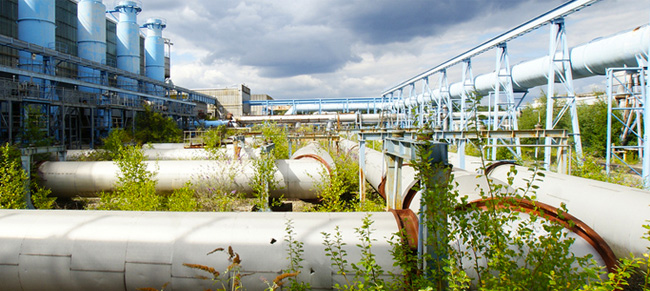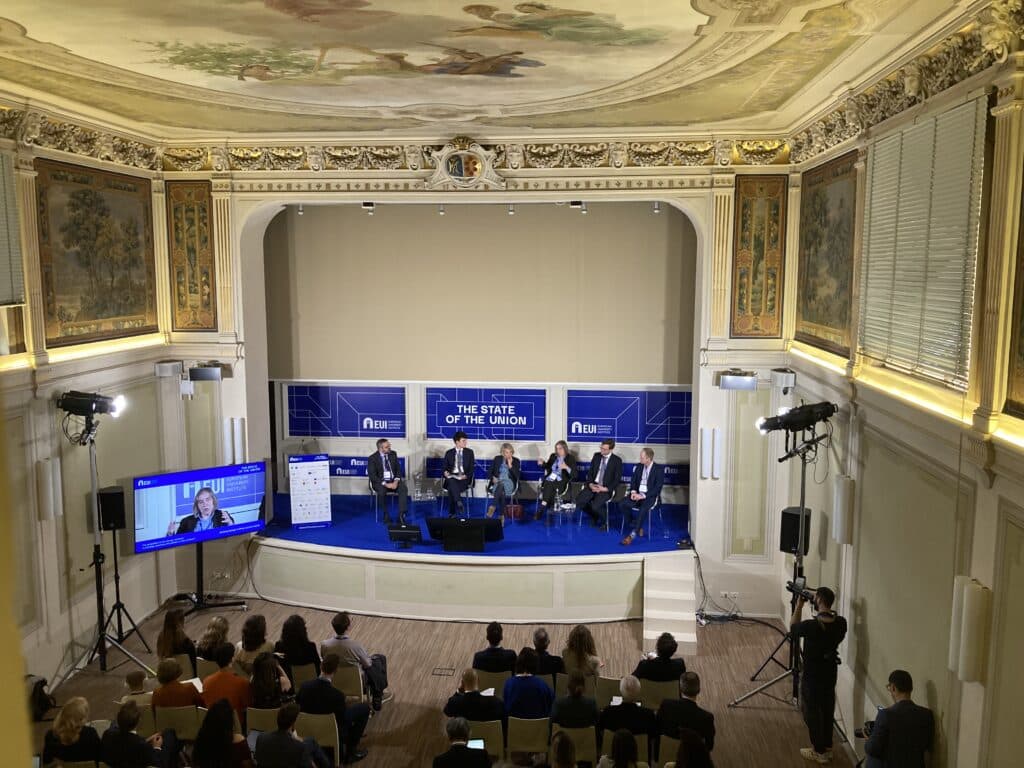Who are ‘protected customers’ for the EU Regulation(s) for security of gas supply? The Eni SpA and Others case (C-226/16) and the margin of discretion of Member States
By Lucila de Almeida and Lavinia Tănase
The Russia-Ukraine crisis in January 2009 brought an unprecedented disruption for the gas supply in Europe. It also exposed the fragilities of the hitherto Directive 2004/67 [1] with regards to the broad margin of discretion of Member States to determine the measures for safeguarding the security of gas supply. As a response, the EU Regulation no. 994/2010 put in place a much tighter regulatory framework.[2] It harmonised the measures to prevent divergent implementations by the Member States which could jeopardise the proper functioning of the internal market, or compromise solidarity in a time of crisis.[3] Likewise, the EU legislation also introduced the obligation to protect the vulnerable group of customers that endured a severe impact from the disruption of gas supply. These are ‘protected customers’ as defined by EU Regulation no. 994/2010 firstly, and later reproduced into the new EU Regulation no. 2017/1938.[4]
The EU Regulation no. 994/2010 brought a striking innovation by introducing detailed protective measures to a group of customers defined as ‘protected customers’. Not surprisingly, these measures remain in force in the new EU Regulation 2017/1938. On the one hand, Article 8(1) of the EU Regulation no. 994/2010 (now Art 6(1) of the Regulation 2017/1938) establishes that national competent authorities should require gas suppliers to ensure an uninterrupted supply of gas to protected customers in case of disruption of gas flow or exceptionally high demand. On the other hand, the definition of protected customers has been strictly determined in Article 2(1) of the same statute (now Art 2(6) of the Regulation 2017/1938). These are necessarily household customers connected to distribution networks and, in addition, where the Member States concerned so decided, small and medium-sized enterprises (SMEs) and district heating installations, to the extent that they deliver heating to householders or SMEs.
If Articles 2(1) and 8(1) of the Regulation no. 994/2010 are read in isolation from the other provisions, one could claim that the EU legislator chose to pursue the maximum harmonisation of the rights of ‘protected customer’ for an uninterrupted supply standard in gas supply standard contracts.[5] The attempt of the EU legislator to draft a regulatory regime with maximum harmonisation can be seen through the means in which it established in detail the conditions to trigger the rights to an interruptible gas supply, as well as through the strict definition of ‘protected customers’. In this regard, Article 2(1) seemed to have narrowed the margin of discretion of Member States to the option of including (or not including) SMEs and district heating installations in the category of protected customers.
However, the recent judgment of the European Court of Justice (also the Court) has a different interpretation of the Regulation no. 994/2010 with regards to the margin of discretion of the Member States. On 20 December 2017, the Fifth Chamber of the European Court of Justice issued its judgment in the preliminary reference in the Case C-226/16, Eni SpA and Others v Premier Ministre and Ministre de l’Environnement, de l’Énergie et de la Mer,[6] requested from the Conseil d’État (Council of State, France).
The decision of the Court sheds light over two aspects relating to the interpretation of the EU Regulation for Security of Supply no. 994/2010. First, the Court decided about the competence of each Member State to expand the definition of ‘protected customers’ individually. It confirmed the legal authority of the Member State to extend the rights of the ‘protected costumer’ beyond the list of customers defined in Article 2(1) based on Article 8(2) of Regulation no. 994/2010 (now Article 6(2) of Regulation no. 2017/1938). Secondly, the Court also confirmed that national measures imposing minimum stock obligations on natural gas suppliers within the territory of the Member State are to be considered an infringement to Article 8(5) of Regulation no. 994/2010 (now Article 6(5) of Regulation no. 2017/1938). In spite of the fact that the judgment made reference to the provisions comprised by Regulation no. 994/2010, the Court’s decision could nevertheless spill over into the new Regulation no. 2017/1938 as long as the provisions under scrutiny remain in force under the same terms in the new legal framework for the security of gas supply.
What are the lessons that the Eni SpA and Others case give to the rule-makers in the EU and in the Member States? The judgment of the Case C-226/16 shows that the EU Regulation for the security of gas supply can still be interpreted in the way that allows Member States to retain the discretionary power to individually impose additional obligations on natural gas suppliers. In doing so, Member States can still implement EU rules that diverge from one Member State to the other in this regard, even though the EU legislator expressed concerns with the lack of maximum harmonisation in regulations dealing with security of supply matters.[7] Therefore, even for the Security of Supply Regulation, coordination and voluntary harmonisation of the implementation rules still represent a powerful regulatory mechanism for ensuring the well functioning of a competitive and integrated European energy market, working in solidarity.
[1] Council Directive 2004/67/EC of 26 April 2004 concerning measures to safeguard security of natural gas supply
[2] Regulation (EU) No 994/2010 of the European Parliament and of the Council of 20 October 2010 concerning measures to safeguard security of gas supply and repealing Council Directive 2004/67/EC
[3] Regulation no 994/2010, Recital 5.
[4] Regulation (EU) 2017/1938 of 25 October 2017 concerning measures to safeguard the security of gas supply and repealing Regulation (EU) No 994/2010
[5] Maximum harmonisation is a term used by EU law, which means that Member States must implement the rules of the EU regimes as they are. In other words, Member States cannot enact more protective standards in contrast to the minimum harmonisation models. Stephen Weatherill, Maximum versus Minimum Harmonization: Choosing between Unity and Diversity in Search for the Soul of the Internet Market, in Niamh Nic Schuibbne and Laurence W. Gormley, From Single Market to Economic Union: Essay in Memory of John A. Usher, Oxford University Press, 2012.
[6] Case C-226/16, Eni SpA and Others v Premier Ministre and Ministre de l’Environnement, de l’Énergie et de la Mer [2017] EU:C:2017:1005.
[7] See Footnote 3.






